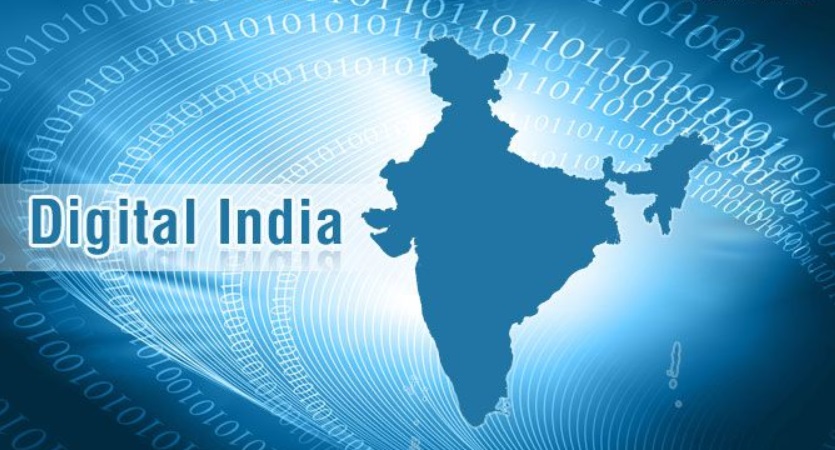
The India card payments market is forecast to grow by 11.3% in 2024 to reach INR28.4 trillion ($344 billion), supported by growing consumer preference for non-cash payments, according to GlobalData, a leading data and analytics company.
GlobalData’s Payment Cards Analytics reveals that card payment value in India registered a growth of 27.1% in 2022, driven by a rise in consumer spending. The market continued its growth trajectory with 13.1% growth in 2023 to reach INR25.5 trillion ($309.2 billion).
Ravi Sharma, Lead Banking and Payments Analyst at GlobalData, comments: “India’s card payments market continues to grow as cash usage declines. The government’s initiatives, along with the increasing consumer confidence in electronic payments, have paved the way for the growth of card payments in the country. Backed by the government push to promote financial inclusion and electronic payments – which includes the launch of low-cost bank accounts and debit cards under the Pradhan Mantri Jan-Dhan Yojana (PMJDY) program and reduction in merchant service fees – consumers are gradually shifting from cash to card-based payments.”

Among the card types, debit cards remain the most held card type in India, supported by the country’s growing banked population. The government’s push for financial inclusion, especially in rural areas, through initiatives like the PMJDY program, has contributed to this. Despite lower penetration compared to debit cards, credit and charge cards accounted for 75.7% of the total card payment value in 2023. This can be attributed to benefits such as reward points, discounts, and instalment payment facilities associated with these cards.
The rise in e-commerce payments also contributed to this growth as payment cards are widely preferred payment tool for e-commerce purchase. Debit, credit and charge cards collectively accounted for one-fourth (24.6%) of the total e-commerce transaction value in 2023, according to GlobalData’s 2023 Financial Services Consumer Survey*.
As part of the government’s initiative to push electronic payments in the country, in January 2021 the RBI set up the Payments Infrastructure Development Fund (PIDF) to deploy one million POS devices and increase the number of merchants accepting QR code payments. As part of this initiative, merchants in tier 3–6 cities receive subsidy on the cost of POS terminals QR code acceptance. By November 2023, 827,901 POS terminals and 27.2 million QR code acceptance points had been deployed using funds from this scheme. This initiative has now been extended to till 31 December 2025.
Sharma concludes: “Looking ahead, the forecast for the total card payments market in India is promising. The market is expected to experience significant growth over the forecast period, driven by factors such as the government’s push for financial inclusion and electronic payments, improvement in payment infrastructure, and the growth of e-commerce. Overall, the card payments value is expected to register a strong compound annual growth rate (CAGR) of 11.1% between 2024 and 2028.”
_____________
*GlobalData’s 2023 Financial Services Consumer Survey was carried out in Q2 2023. Approximately 50,000 respondents aged 18+ were surveyed across 40 countries.
Banking 4.0 – „how was the experience for you”
„To be honest I think that Sinaia, your conference, is much better then Davos.”
Many more interesting quotes in the video below: